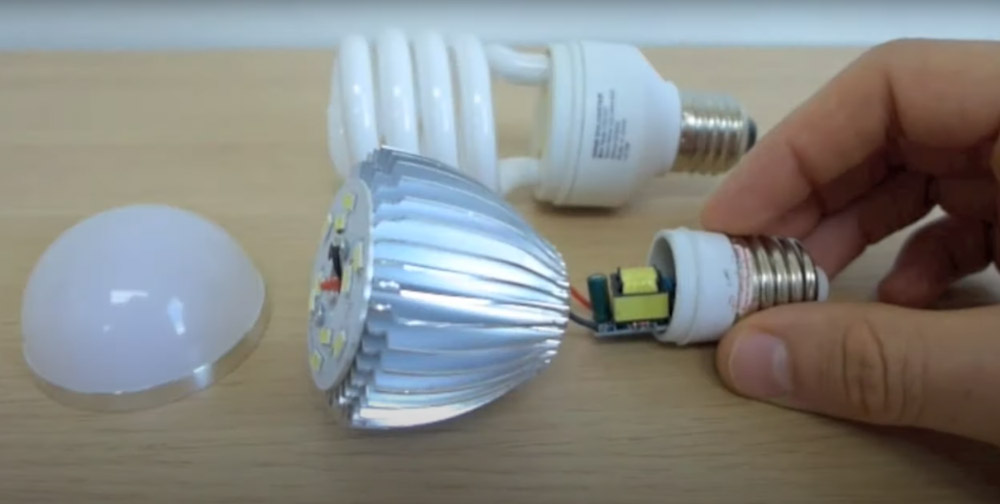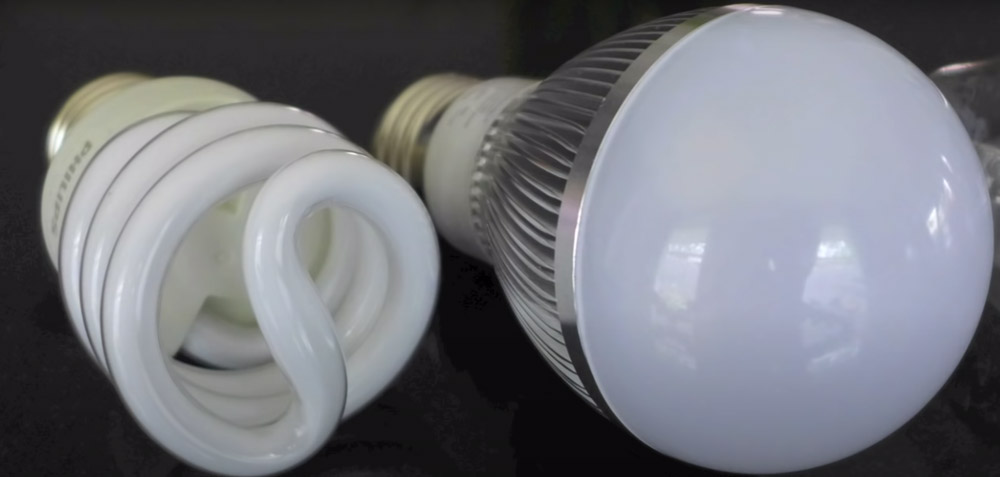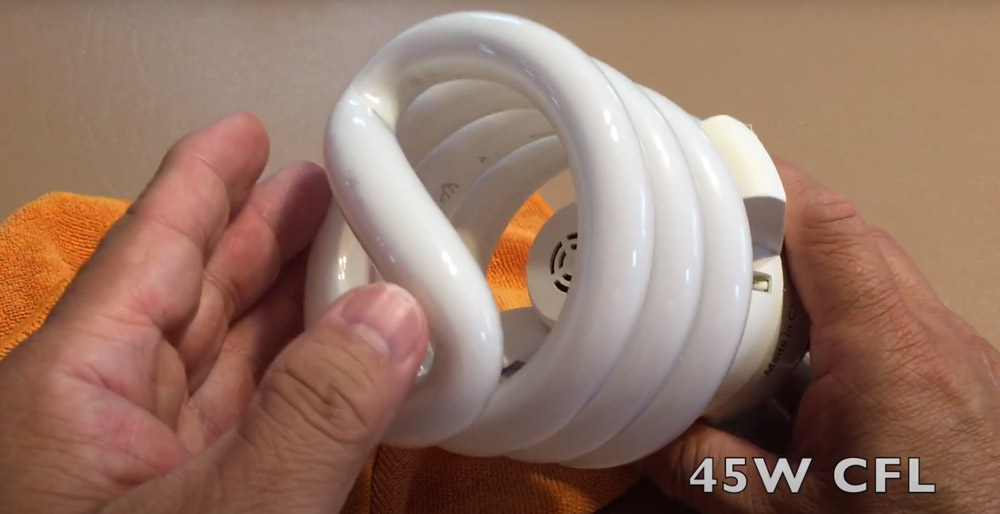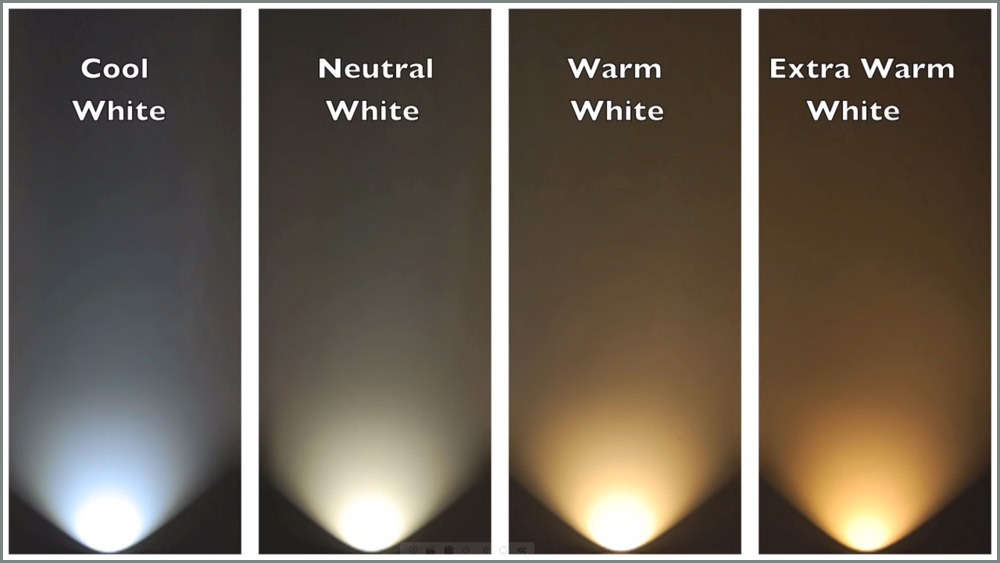
CFL bulbs have been around for about 100 years and are still being used today. LED lights have only been around for a little over 10 years but they are quickly overtaking CFLs in popularity and usage.
There is an ongoing debate on which of these two light sources is better, and the answer to that question depends on your specific needs. In this blog post, we will be talking about what you need to know before making any decision between LEDs or CFLs.
Understanding energy-efficient light bulbs

The first fact you should understand when comparing these two types of lighting technology is how much energy each type uses per year as well as how much it costs if you were to use these bulbs for the entire year. For CFLs, they cost about $30 per bulb and on average you would need 20 of them in your home. If we considered that it would end up costing you a total of $600 if all 20 lightbulbs lasted an entire lifetime (15000 hours).
On the other hand, LED lights last 25 times longer than CFL bulbs. This means one led can equal 40-50 CFLs in terms of overall usage. So depending on how many you buy, it will provide significant savings over time compared to using CFLs.
As far as energy costs go, if each bulb is being used for three hours per day then based on current rates, it would end up costing you about $0.06 per day to use 20 LED bulbs for that same time frame.
What’s the difference between fluorescent and led lights?

CFL bulbs work by sending an electrical current through a tube filled with gas and small amounts of mercury. This creates two different types of ultraviolet (UV) rays: one which produces visible light and another that doesn’t but instead provides the energy required for phosphors on the inside of the bulb’s coating to glow at a specific color depending on what material it is made out of.
Led bulbs emit their colored beams using semiconductor technology as well as some additional red/infrared components due to their unique design properties.
LEDs are superior to CFL bulbs in terms of their ability to produce brighter light with lower wattages. They also provide a wider spectrum of colors which makes them more suitable for certain applications such as photography lighting or growing plants/plants that require specific colors during photosynthesis processes.
On top of this, they have instant on and off capabilities whereas CFL bulbs take some time to warm up before reaching optimal brightness levels. If you were using LEDs outside, then it would be much easier to see at night when compared to either type of fluorescent bulb because LED’s beam is closer in color temperature to sunlight making them appear very bright even if there isn’t any direct.
Cfl vs Led bulbs

To compare lighting technologies, it’s important to understand how each one works as well as their advantages/disadvantages when compared with each other. When it comes down to making your final decision between CFL or LED lights, there are a few other things you should take into consideration.
- First off is the type of light source that will work best for whatever specific application you have in mind. There are applications where either one would be appropriate but sometimes there are certain properties that make one better suited than the other depending on the situation. For example, if you were trying to grow plants indoors then led lighting would likely provide more efficient coverage because each bulb can be placed closer together and they emit their colors rather than being limited by phosphors as with CFLs.
- Secondly, virtually all led bulbs to have dimming capabilities whereas much older model CFLs do not. If you were trying to turn on multiple bulbs throughout a large area then this would be an extremely helpful feature that the led option could provide.
- Third if however, you are just looking for general lighting purposes around your home or business then either one will work very well but if I had to choose between CFL vs LED lights today it is likely my choice would fall upon LEDs because of their superior efficiency and better color rendering abilities making them appear brighter than what most people consider “normal” light coming from standard fluorescent bulbs.
Where is Led commonly used?

LEDs are most commonly used in the home, but they’re also used for a variety of residential and commercial purposes. Commercial uses include display lighting, signal lights, signs, billboards, and spots.
Outside of the home LED usage is even more diverse. LEDs are used for automotive headlights, traffic signals, outdoor lighting systems, blue tooth headsets, and other devices. They’re even used in some grocery stores to illuminate produce.
The major upside and downside to led lights
- LEDs are more efficient than CFL lights.
- They emit brighter light with a wider range of colors and last longer.
- LEDs emit light on the instant, unlike CFLs.
- LEDs have a longer life expectancy than CFL bulbs.
- The major downside to led lighting is that they are more expensive for the average consumer to buy initially.
Where are fluorescent lights commonly used?

Fluorescent lights are commonly used in different types of commercial facilities. They’re often found at malls, grocery stores, and warehouses because they have a high lumen output with good color rendering capabilities making them suitable for retail purposes.
In the home, CFLs are mostly used as general lighting applications such as living rooms or dining areas where there isn’t much need to be concerned about specific colors being emitted from light sources. In these cases, it is typically not important if your kitchen bulb looks cold compared to a warm glow coming off of other bulbs throughout your home so their lower price point makes them a more attractive option.
The major upside and the deficiencies in fluorescent lights?
- Due to their higher lumen output Fluorescent light range provides better visibility.
- Fluorescent lights are more affordable than LEDs.
- There is also no need for any specific modifications to install these lights in your home.
- Fluorescent light bulbs require more energy to power them which is why they use a lot of electricity.
- CFLs contain mercury so they must be disposed of carefully and never thrown away in the garbage due to health concerns associated with improper waste disposal options.
Led or CFL: which bulbs last longer?

LEDs last a lot longer because they don’t have any real working parts. CFL bulbs contain phosphors that break down and can make the light appear to be yellow over time.
While high-end models should certainly deliver what they promise when properly installed and maintained by following manufacturer specifications closely these higher price tag options could cost you more than just your time and money if they fail early on in their useful life.
What kind of light do Led and CFL bulbs emit?

Both CFL and LED lights emit light in the same range of colors. Most bulbs can be found with a color rendering index (CRI) between 85-90 which is excellent for most indoor applications, but if you’re looking for something that emits cooler or warmer colors then it will require special fixtures that are available to purchase separately.
LEDs provide their highest lumen output right away while many fluorescent lights need several seconds before reaching peak brightness so there might be an initial delay when turning on your traditional lighting solution depending on how quickly they come to full power.
This issue has become less noticeable over time as technology advances so older models may take longer than newer ones to reach max brightness but overall they perform very similarly once turned fully on despite this short.
Choosing the right light temperature

Color Temperature – Light that falls into the visible spectrum; usually taken to mean an approximation of the warmth or coolness that appears in natural daylight. The Kelvin (K) scale is commonly used to measure this quality.
You might like something with a color temperature in-between 2700-4000 K in your living room. If you’re using CFLs for tasks like cooking you would 5000-6500 K.
Moving toward energy-efficient light bulbs in your home

LED Light Bulbs are a better option for energy efficiency and the environment because they tend to use about 90% less electricity than incandescent bulbs. This is partly due to their lack of mercury content which allows them to be more easily recycled when it’s time to replace your lighting solution with something newer or different from what you have currently installed in your home today.
While CFLs might seem like a good idea at first glance, LED lights to last longer while using far less electricity so if you’re looking for an alternative that can save on your electric bill each month then investing in some new LEDs could pay off big dividends over time compared to traditional options despite being slightly more expensive all things considered.
Conclusion

When it comes to lighting your home, there are some options that you need to know about. For example, some people might be considering CFL bulbs for their living room or bedroom while others may want LED lights in the kitchen.
As we can see there is a lot more involved than just looking at initial energy usage costs when deciding between CFL vs led lighting options in terms of overall financial benefits that each type of technology has to offer depending on how many lights intend on used throughout every month.
When purchasing any type of light bulb whether it is an LED or CFL it’s important to look for ones that are ENERGY STAR® certified. These products have been independently tested and verified by the EPA so you can take comfort in knowing they meet quality standards set forth to ensure lighting solutions perform as promised when used according to manufacturer specifications listed on each product.
